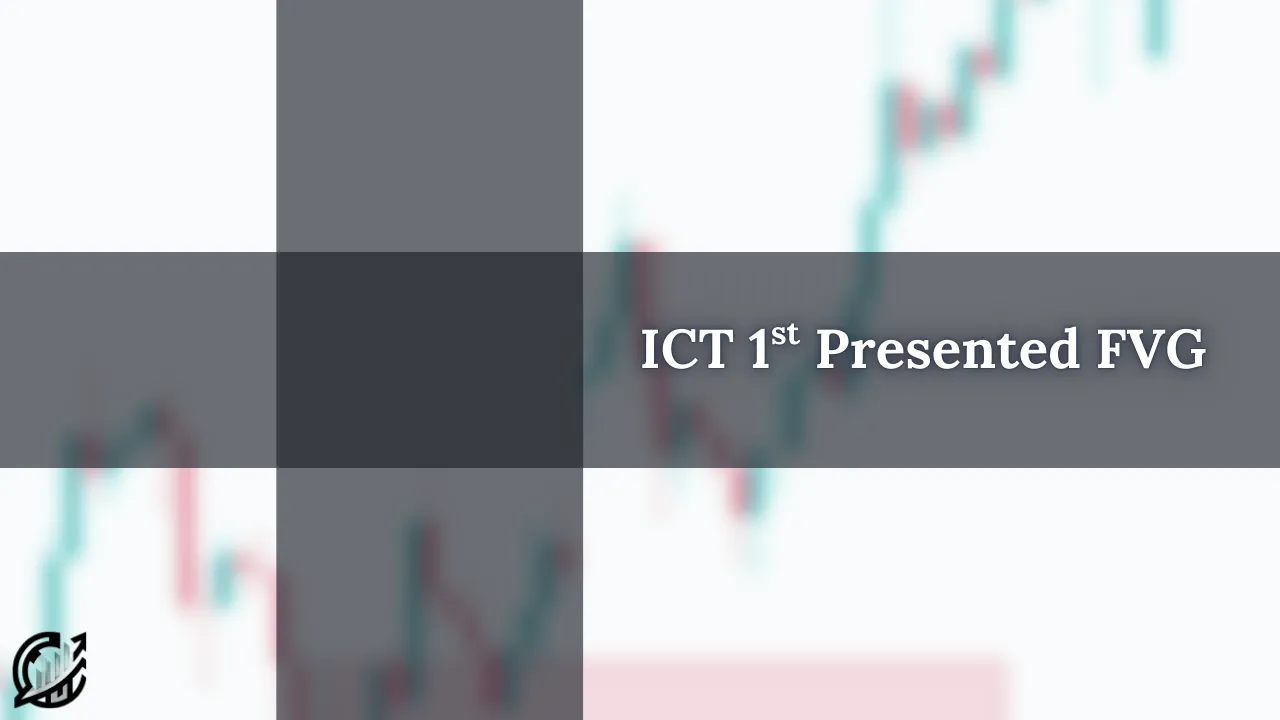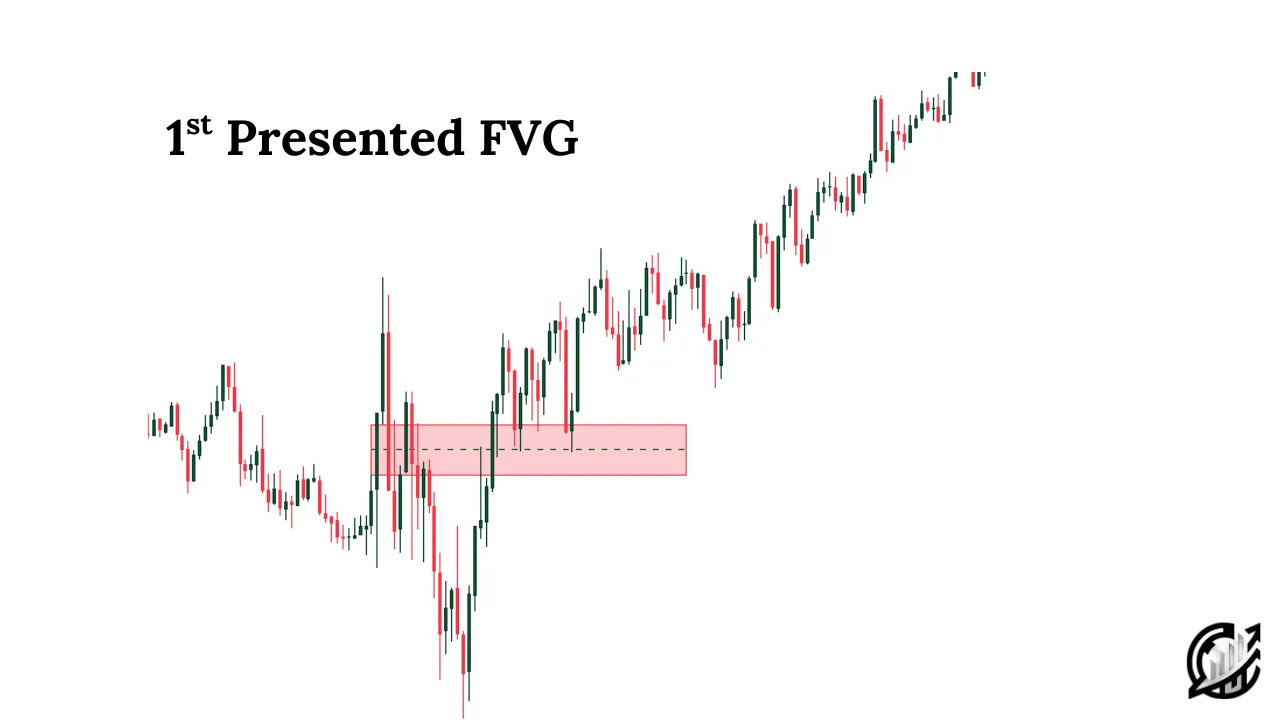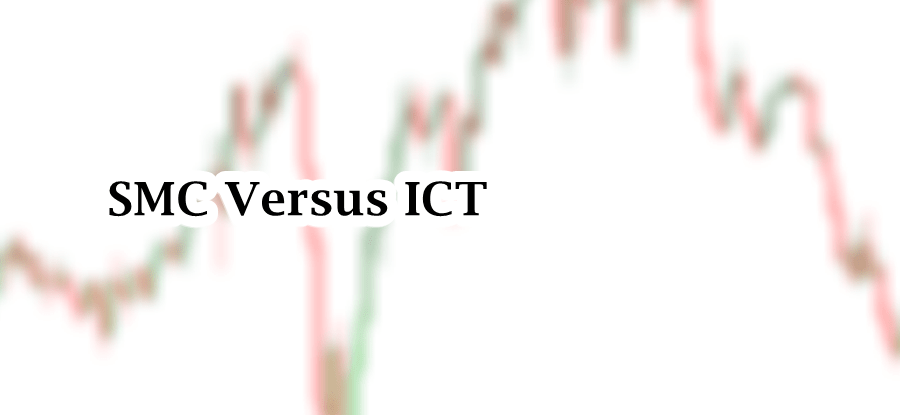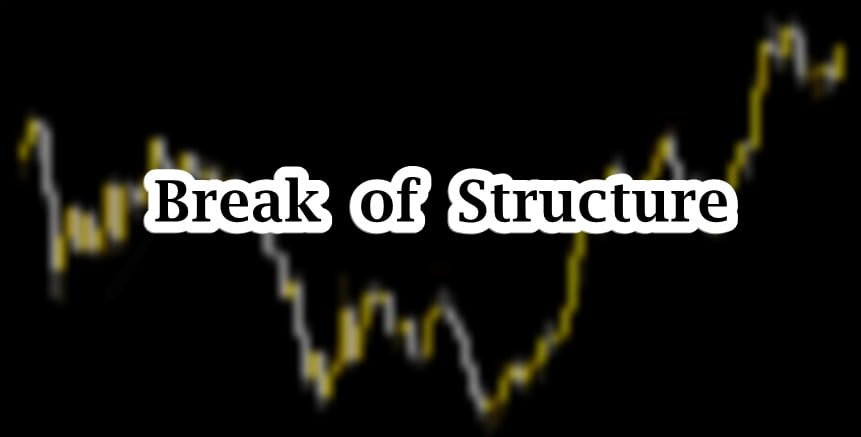
Table of Contents
SMC and ICT trading is highly composed of time specific trading strategies combined with advanced price action. The ICT 1st presented fair value gap is one of the most powerful concepts in Michael’s 2025 series. This trading setup forms after the market opens at 09:30 AM NY-local time.
This FVG is treated as a PD array. This article explores understanding of 1st presented FVG, its essentials, and its use in live markets.
What is 1st Presented Fair Value Gap?
The ICT 1st presented fair value gap is a PD array that refers to the first fair value gap that forms after the New York Stock Exchange opening at 9:30 AM New York local time.
This time window is considered as highly important time zone because it sets the tone for the trading session. This provides a clearer picture of institutional order flow and market intent. 1st presented FVG is important because it is an initial imbalance created by heavy institutional participation.
1st presented fair value gap is highly tied with ICT opening range and gap. In a sideways market, this FVG can act as a catalyst. This pushes price in one direction once liquidity is taken and imbalance needs to be rebalanced. This can be used to gauge short-term bias.
As an ICT trader, you must look for opportunities in bullish as well as bearish market. 1st presented FVG can be bullish (price aggressively moving up) or bearish (price moving down aggressively).
As we said ICT trading is time sensitive, the 09:31 AM candlestick is the earliest point where this imbalance can appear. This is because the market needs at least one bar after the pen to begin forming a gap.
As far as trading the 1st presented fair value gap is concerned, the 5-min and 15-min charts are then used for execution, confirmations, and higher-timeframe bias alignment.
Importance of 1st Presented FVG
The 1st presented fair value gap is important because of the following reasons:
- It reflects the earliest institutional imbalances in the session. This can be used as a clue for the trading day’s narrative.
- If the market is consolidating, the FVG often act as a catalyst that pushes price directionally.
- If the market is already trending bullish or bearish, this FVG supports the existing direction. This type of scenario offers a continuation entry.
- As an ICT trader, you can add this FVG in ICT PD array. It means that it can be part of your trade execution model. Price often rebalances through this FVG before continuing in institutional direction.
ICT Essentials in 1st Presented FVG
One of the foundational concepts for 1st presented fair value gap is ICT opening range. Along with that we must have an understanding ICT opening range gap and FVG.
ICT opening range refers to the 30-minute time window starting at 09:30 AM New York local time. This time is the official opening of New York Stock Exchange (NYSE). The ending time of opening range is 10:00 AM.
This time is crucial because the NYSE open is one of the most volatile moments of the day. It attracts institutional orders, liquidity sweeps, and sudden price imbalances. It also identifies the initial highs and lows created by price immediately after the stock market opens.
The ICT opening range gap is another important concept used in ICT 1st presented FVG. It represents the price difference between the previous day’s closing price (4:14 PM NY local time), and the next day’s opening price (09:30 AM NY local time). This price difference reflects overnight order flow, institutional positioning and reactions to global news.
FVG is the most discussed and used concept in SMC and ICT trading. It represents inefficiency in price delivery. In simple words, it is a gap between candlesticks where price does not trade fairly on both sides. This imbalance indicates that institutions moved the price aggressively in one direction without allowing the market to trade both sides fairly.
Using ICT 1st Presented FVG
Once the first FVG of the session forms, you can apply it as a focal reference point for the entire day.
Your analysis should start with the identification of the first FVG on the 1-minute chart after the opening. After that extend FVG range across the whole session until 03:45 PM NY local time. This is discipline of ICT charting and allows you to observe price action to this level throughout the day.
This FVG often becomes a central reference point for price action. On trending days, price typically retraces back to this FVG before continuing in the direction of the larger move. This makes 1st presented FVG invaluable for timing entries with institutional order flow.
Interesting part is that the same FVG can serve multiple purposes. On bullish days, a bullish FVG act as support. Through this you can plan your long entries on retracement. On bearish days, a bearish FVG act as resistance, offering short entries. Additionally, the same zone can work as an inverse fair value gap.

Disqualifying the 1st Presented FVG
Remember, no every gap formed after 9:30 AM qualifies as a valid 1st presented FVG. To avoid false setups, traders must apply a disqualification filter.
Candlestick that forms the FVG must breaks the range of previous candlesticks. If it does break prior ranges, it signals a true price displacement and valid institutional imbalance. If it does not break the previous candlesticks’ range, the gap is not a real inefficiency. It will be considered as a minor fluctuation.
Fair value gap forms through strong displacement moves. A candlestick that does not break prior ranges lacks the aggression required to be a valid imbalance. Using such gaps gives false signals and whipsaws.
Disqualification rules are essentials. This filter helps eliminate wrong signals and noise, and ensure their alignment with true institutional footprints.
Final Note
ICT trading methods are powerful and logical in nature. It helps to anticipate market direction and identify high-probability trade setups. Like other trading methods and strategies, it should be applied with proper risk management, discipline, and confirmation from higher timeframe. Financial markets are highly uncertain and carries the risk of financial loss. These concepts can help but does not guarantee success in every scenario. Consult certified financial advisor before investing ort trading. Never trade with the capital that you cannot afford to lose.
Frequently Asked Questions (FAQs)
Which timeframe chart is best for ICT 1st Presented FVG identification?
Remember, it is a simple FVG that forms between 09:30 to 10:00 AM New York time. The 1-minute and 3-minute chart is best for spotting the first FVG. You can execute your trade accordingly.
How to disqualify the 1st presented FVG?
If the candlestick forming the FVG does not break the range of previous candlesticks, it is considered invalid and should not be used for trading.
What are the common targets when trading the 1st presented FVG?
Traders often target the opening range high or low, liquidity pools, or previous day’s high and low levels.
I’m Abdullah Shah, a content writer with three years of experience in crafting engaging and informative content. My background in market analysis complements my work, allowing me to create content that resonates with audiences. I’m also a seasoned practitioner in the forex and crypto markets, with a strong foundation and deep interest in finance. My passion for the financial world drives me to produce content that is both insightful and valuable for those interested in understanding market trends and financial strategies.





